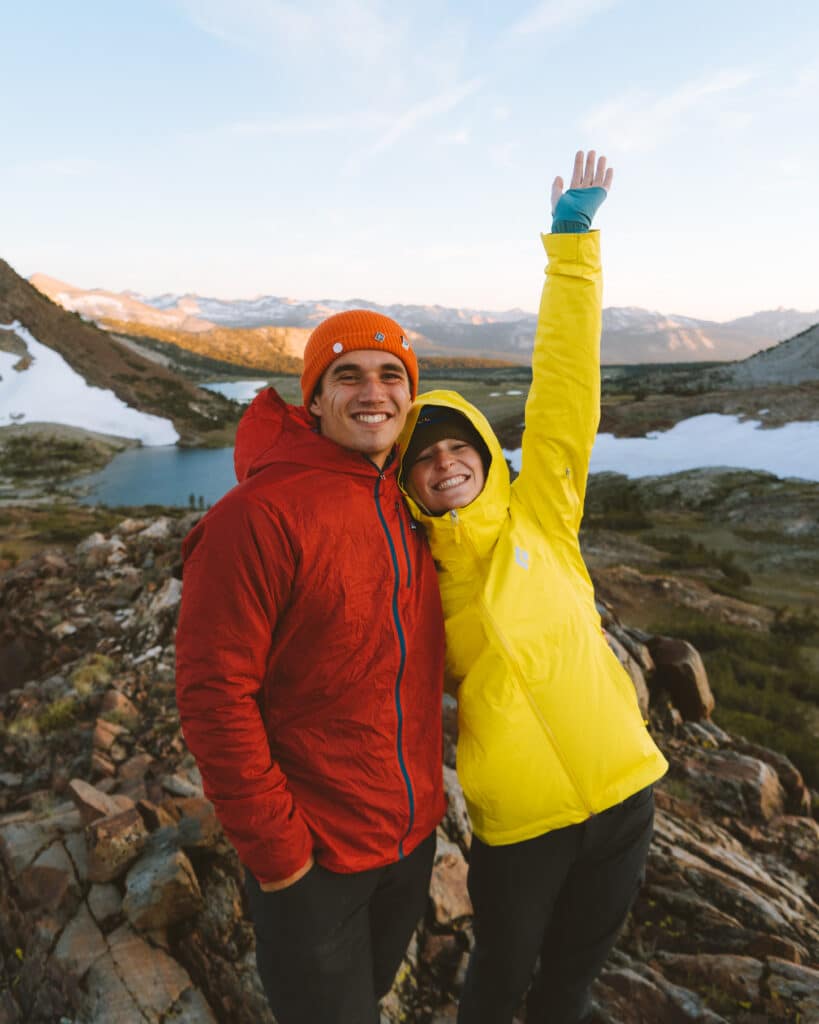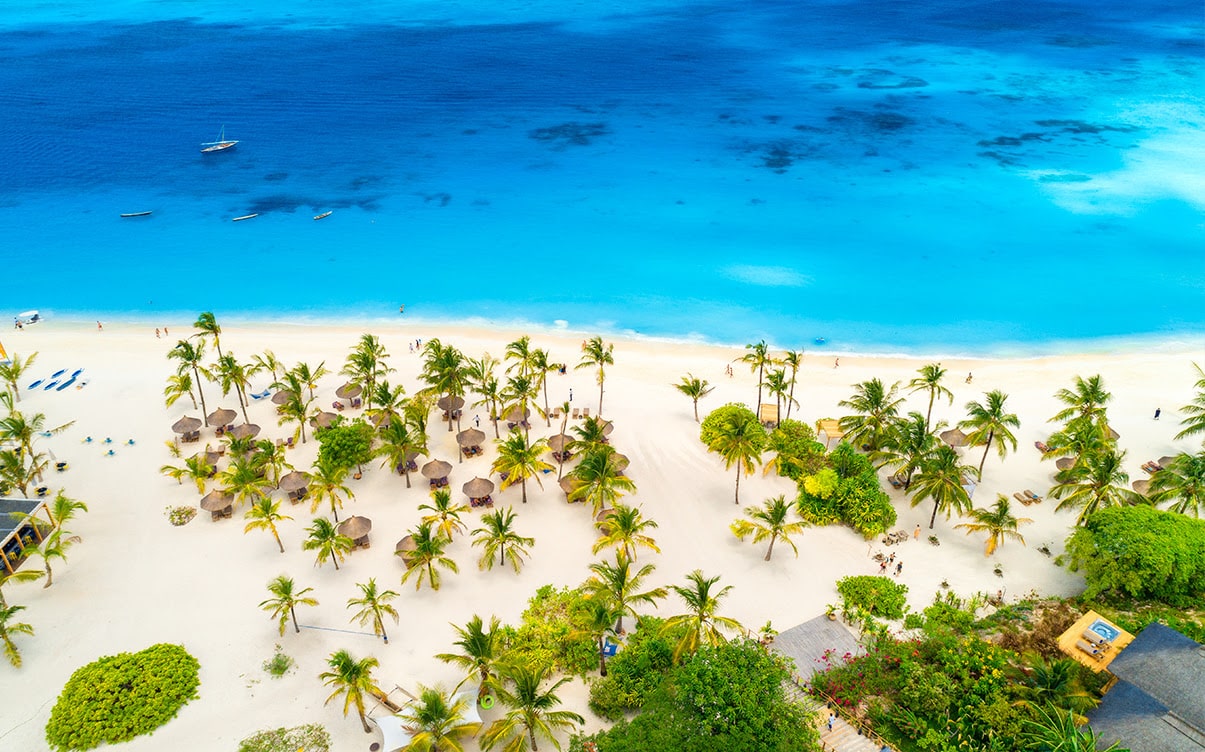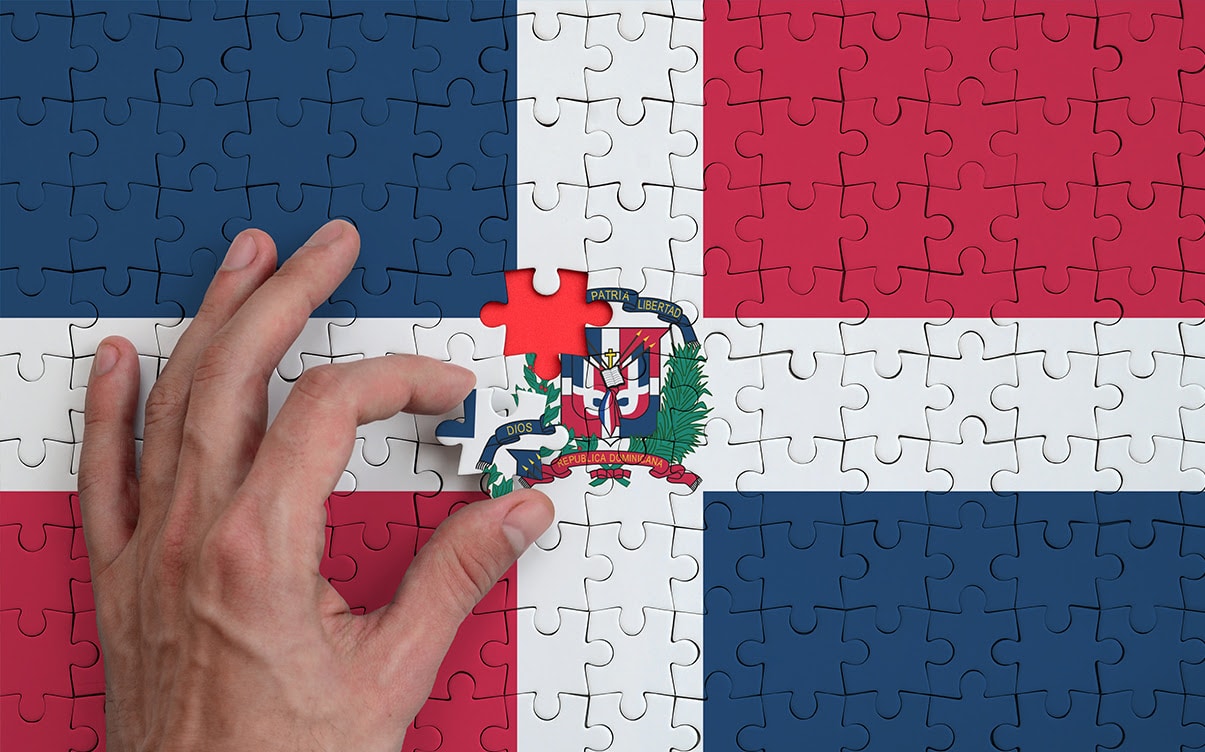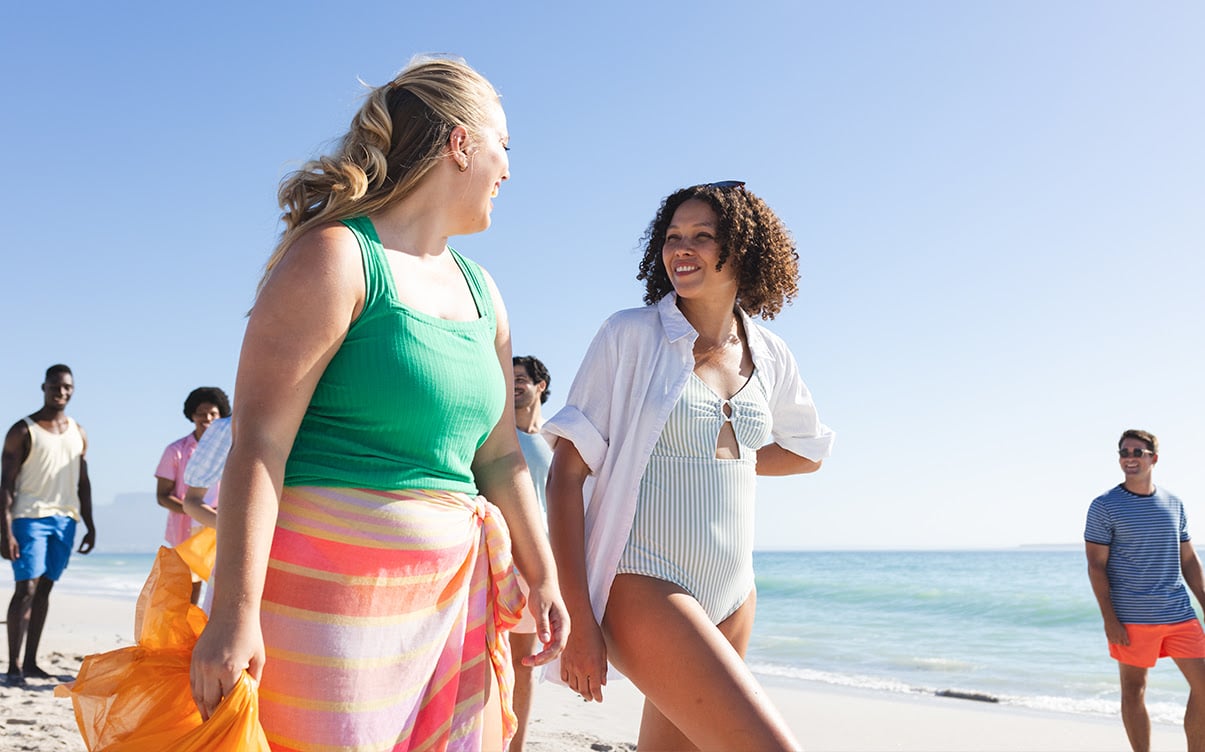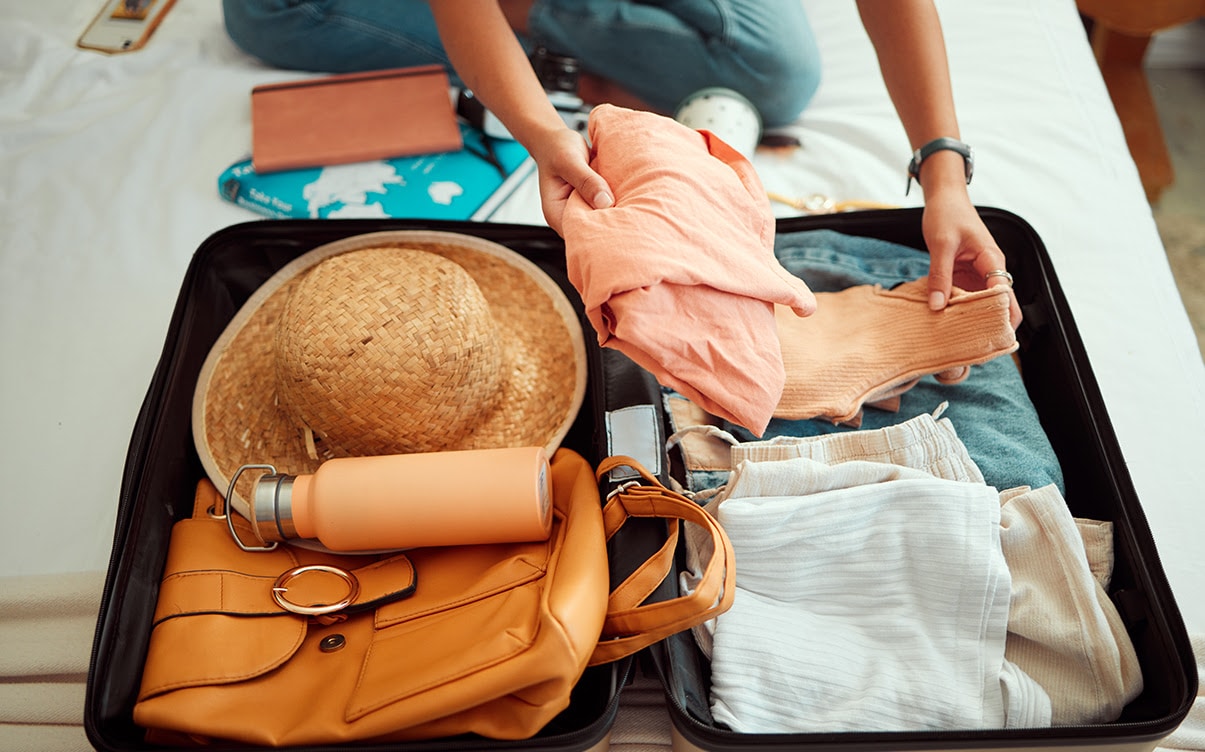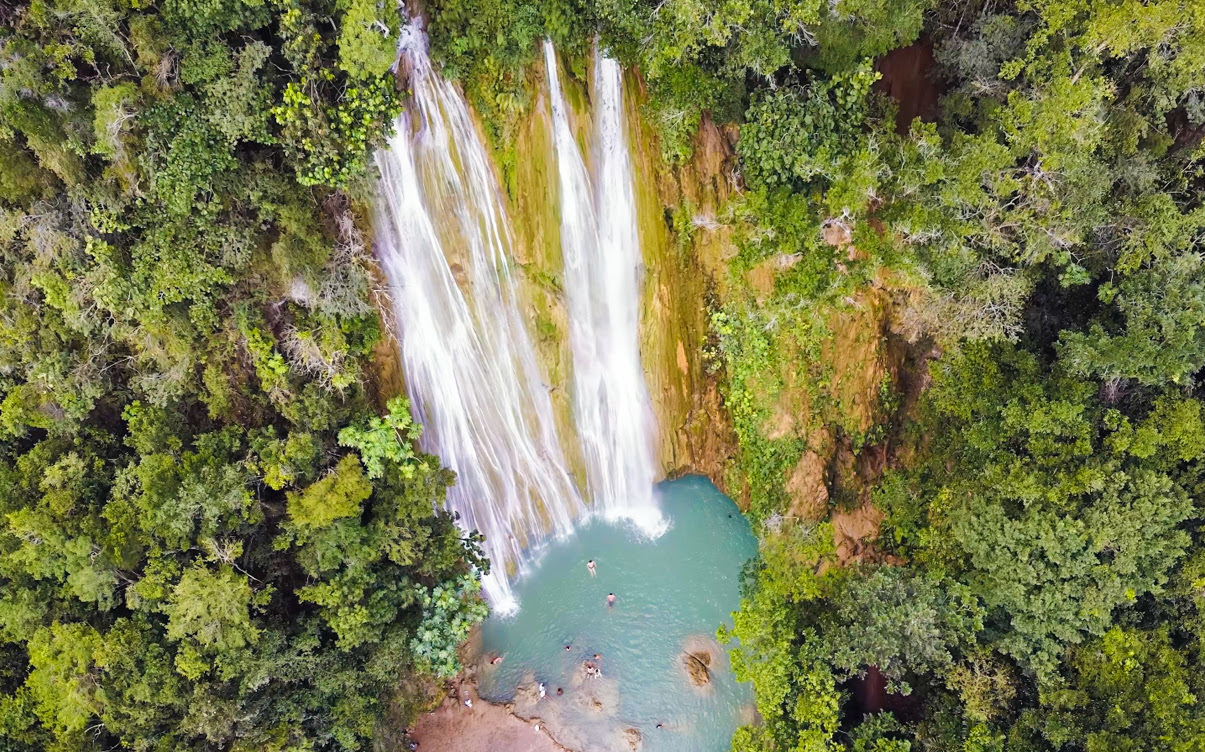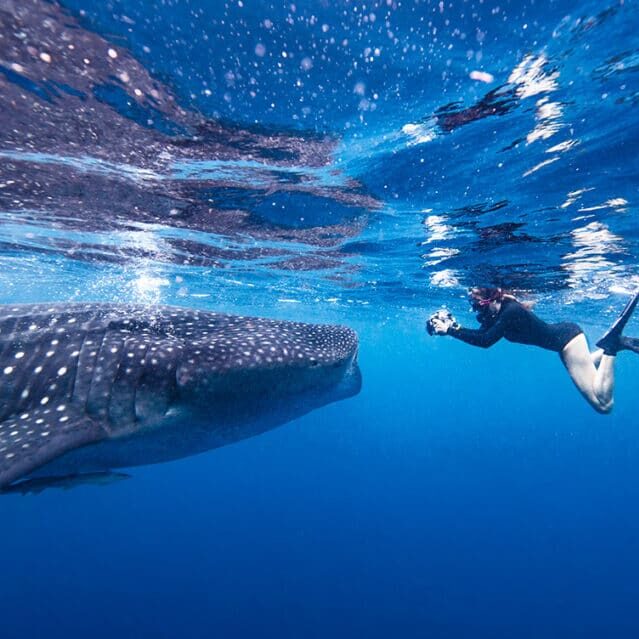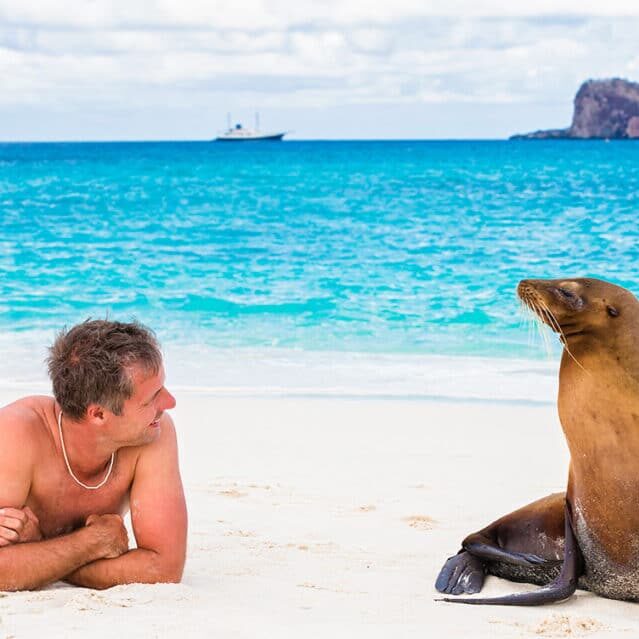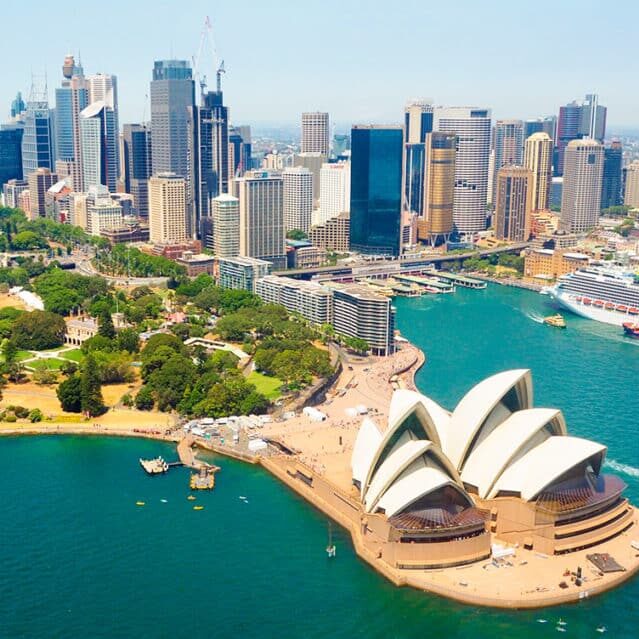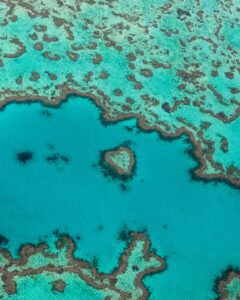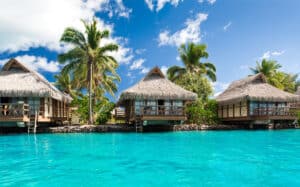Dominican Republic Travel Guide: Tips for New Travelers
Disclaimer: This post may contain affiliate links. Please see our Disclosure Policy and Advertiser Disclosure for details.
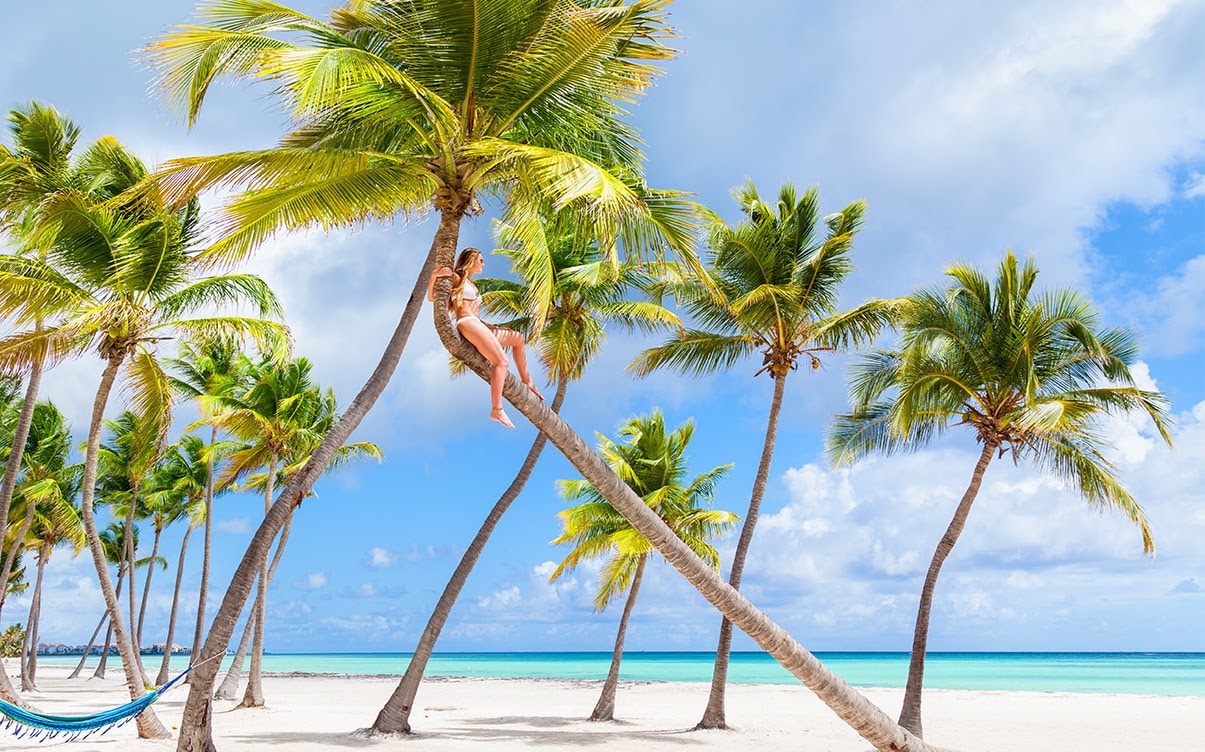
Located on the island of Hispaniola in the Caribbean, the Dominican Republic is one of the larger destinations for Caribbean travelers, both in terms of popularity and in the size of the island and country. It is, in fact, second only to Cuba in size, though the island itself is shared between the Dominican Republic and Haiti.
If you’re interested in visiting this nearby tropical getaway, what should you keep in mind? We’ve got a lot of tips for you, so let’s get right to it.
What’s the Climate Like in the Dominican Republic?
Pretty much all of the Caribbean islands are some variation on the word “tropical” when it comes to climate. If you’re sticking to the coastal and resort areas, you’ll have the full tropical heat experience, with temperatures in the high 70s to low 90s; if you trek up into the more inland, mountainous areas, you can even see temperatures as low as 50 some days, and the rare night where it actually can drop below zero. Of course, that’s rare, and if you’re heading to those regions, you probably know what you’re getting into.
As with most near-equatorial tropical islands, the climate is fairly stable all year round, with a dry season in the summer and a wet, rainier season in the winter. It’s humid all the time, sporadically rainy, but almost always returns to bright blue skies in a matter of hours at most.
Are hurricanes a concern? A little bit, but not really. While the Dominican Republic is technically in the hurricane zone, only a handful have made landfall on the island in the last century. More likely, when a hurricane grazes the area, it casts rain far and wide. It can disrupt some tourism and shut down some amenities, but it shouldn’t be a significant problem.
Key Details About the Dominican Republic
Let’s run down some of the fast facts about the Dominican Republic that are worth knowing.
Language: Spanish is the official language of the Dominican Republic, though it’s heavily influenced by their own regional dialect, which is very fast-spoken and frequently abbreviated, making it difficult for even native Spanish speakers to understand. In touristy areas, English is also frequently spoken, so you won’t be left entirely out of your depth.
Currency: The official currency of the Dominican Republic is the Dominican Peso, abbreviated RD$. While exchange rates vary from day to day, RD$ 100 is about USD $2. ATMs are widely available, which is good, as cash is generally preferred outside of the resorts. Street vendors love to haggle, but more established businesses usually won’t. If haggling is on the table, a good idea for a final price is around a third of their original price.
Tipping: It’s generally good manners to tip 10% at restaurants. Taxis and other services don’t usually expect tips but will appreciate them if you feel they’ve provided services above the expected.
Electricity: Unlike many tourist destinations we write about, the Dominican Republic uses the USA 110-volt standard, so you won’t need converters. Power can be irregular outside of the resorts, though, so bring a power bank or two.
Water: Tap water generally isn’t considered safe, so you should be in the habit of buying and drinking bottled water as you go. It’s cheap and plentiful, so keep stocked up! This includes things like brushing your teeth. It doesn’t take much for a water-borne pathogen to get into your system and wipe you out for a day or two.
Documents: You’ll need a valid passport, and there’s some simple paperwork to fill out when entering and leaving. You don’t need a visa, though. When entering and leaving, you need to fill out the e-ticket, which is basically your customs declaration. Make sure to get it from the official website and not a scam site!
Communications: Your phone will work by default but likely incur steep roaming charges; buying a local eSIM is easy and cheap, though. Most places will have WiFi available, but you still want local phone access if you’re out hiking or away from civilization.
Time: The Dominican Republic is entirely in EST, or GMT-5, with no daylight savings to consider.
Culture-wise, one of the big things to keep in mind is that pretty much everyone is going to want to get a little bit more cash out of you. There will be all manner of “upgrades,” services, and add-ons on offer pretty much everywhere. You’ll also find scams like the fake beggar, the timeshare presentation, and other such offers around. As long as you’re savvy enough to avoid being sucked in by a charismatic pitch, you should be fine.
If you have a question we haven’t covered here or elsewhere in this post, let us know in the comments!
Is the Dominican Republic Safe for Tourists?
Generally, the answer is mostly yes. It’s not the safest place you could visit in the world, but it’s not super dangerous either.
The US State Department rates countries on a scale of 1 to 4, where 1 is safe, and 4 is a Do Not Travel warning. For example, countries with a 4 include places like Iraq, Ukraine, Iran, Syria, Russia, and North Korea.
The Dominican Republic has a 2, and the state reason is crime. Robbery, assault, and similar crimes can occur, and a thriving drug trade coupled with a weak justice system means there aren’t as many local resources to turn to if something does happen. But a 2 is still just a 2; you’re not actually super likely to be the victim of a crime as long as you exercise due caution.
What does that mean? Well, be aware of your surroundings when you’re out, especially if you’re out at night. Don’t flaunt wealth – like fancy jewelry – or flash cash around in large amounts. Stick to the better-known and protected areas. Resort areas are generally better protected than urban centers.
The Dominican Republic has a 911 system set up throughout most of the country, so as long as you aren’t way out in the wilderness, it should work.
It may be worthwhile to carry information such as the contact info and location for the local embassy, as well as enroll in STEP and take other precautions, just in case. Most likely, you won’t need it, but it’s better to have it in case something comes up!
Getting Around the Dominican Republic
If it’s your first time traveling outside of the USA or to a Caribbean island, there’s a pretty good chance you’re going to spend most of your time at your resort, and if you leave, it will be on tours or excursions arranged by the resort.
If you’re feeling more adventurous or you aren’t staying at a resort, you’ll want to know how to get around the island. The answer, as is so often the case, is by car. Renting a car from reputable companies is easy, but you do need to make sure your driver’s license is valid for international driving. Definitely make sure you have insurance, too; the rules of the road are generally viewed as a faint suggestion at best.
If you don’t want to rent a car, you can take taxis, Uber, or Guaguas around the country. Guaguas are sort of like micro-bus or large vans shared by many people going around the area. Motorcycles are common, but unless you’re really comfortable on them, maybe skip the bikes for safety reasons. The country also has a limited subway system, though it only has a couple of useful lines for tourists.
What to Pack for a Trip to the Dominican Republic
To a degree, what you pack depends on how self-sufficient you are and how long you plan to stay. A lot of basics can be purchased either in your resort or in local shops, but you never know what may or may not be available, so if there are essentials you need, don’t forget to bring them.
Sun protection is an absolute must-have. The Caribbean sun is ferocious, and the skies are almost always clear, so if you aren’t slathered in sunscreen, you’re going to have a rough time. If you plan to go diving, reef-friendly sunscreen is preferred.
Bug repellant is also very handy to have on hand. Mosquitoes are prolific, especially if you’re out in the countryside, hiking, or on the beaches during sunset.
Dress for the weather, but have a few backup items. Light but long pants and shirts can help if you’re hiking and want to keep the bugs off your skin. If you’re planning to head into the mountains or are visiting during the cold season, having a couple of warmer items can also be nice. And, of course, everything you need for swimming!
Accessories for your plans. Rain gear can be handy, nice shoes are good if you plan to wander or hike, and so on.
Pro tip: Pepto can be a lifesaver if you accidentally eat something you shouldn’t.
Of course, you also need to keep in mind the staples, like any critical medications, documents, and other items that you’ll need for any trip.
One thing to consider is that the Dominican Republic is somewhat conservative in terms of clothing, and some restaurants and events may expect surprisingly formal dress from you. Having something nice to wear means you won’t be stopped at the door, so you don’t bring down the vibes of the place.
What Are the Best Things to Do in the Dominican Republic?
A visit to the Dominican Republic can range from a chill weekend on a resort beach to a frenzied whirlwind of travel all across the country. For a new traveler, we recommend something closer to the former: plan to do one big thing a day, work with your resort to plan it if possible, and don’t try to cram in too much that you go crazy when schedules inevitably end up delayed.
As for the big things you can do, consider:
- Go hiking in some of the famous national parks, mountain trails, and other green spaces. In particular, fans of waterfalls absolutely shouldn’t miss El Limon Waterfall in Las Terrenas. Parque Nacional del Este has been a protected nature reserve for 50 years and is also wonderful to explore. Ecotourism at Armando Bermudez National Park – the largest savannah in the country – is also thriving.
- Check out the fantastic beaches. You can explore over 30 miles of beach just in the Punta Cana area, and the beaches are incredible pretty much the whole way.
- Dip beneath the waves with diving, or stick to the surface with whale watching. Whale-watching season is from January to March!
- Explore history by visiting the Cathedral of Santa Maria La Menor. This is the first catholic cathedral in the whole of the New World and was built all the way back in 1512. It’s an incredibly impressive structure!
- Similarly, Altos de Chavon is a highly detailed and meticulously designed village. It’s not as historic, though; it’s a replica, built and opened in 1982. That doesn’t make it any less incredible to explore, though.
- Fans of natural wonders can visit Los Tres Ojos or the Three Eyes, a set of three cave lakes, similar to cenotes, which are surrounded by and infused with vibrant tropical life and incredible views.
- Partake in the adventure sports available at Cabarete. Once a small fishing village, tourists discovered the broad, flat beach and the steady winds that make this region absolutely perfect for moderately extreme activities like kite-surfing and wind-surfing.
For new travelers, there’s a pretty good chance the resort you book for your trip is going to have organized tours and events you can join in each day. Talk to the staff about your interests and figure out what the best activities will be, and don’t be afraid to go out and try something new. After all, that’s what the adventure is all about, right?
As we mentioned before, if you have any questions, please feel free to let us know in the comments section!
You may also enjoy:
